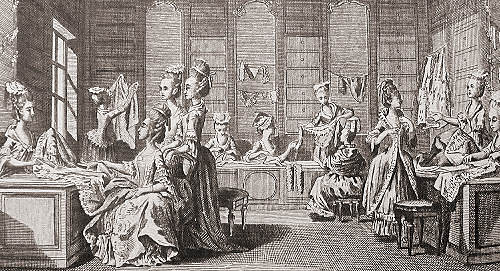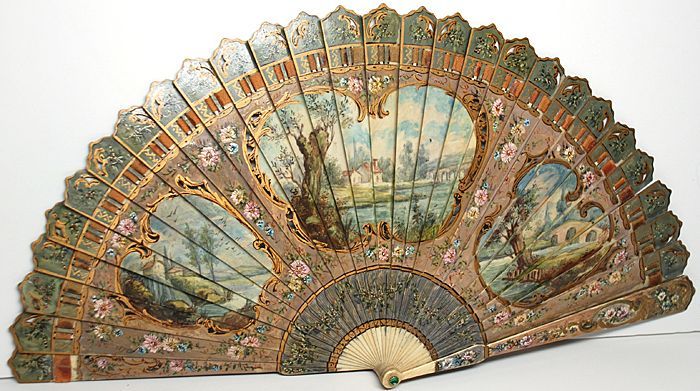 |
| Elizabeth and Darcy - Jane Odiwe |
I can imagine how excited Jane must have been when she finally received her copies of her "own darling child" as she referred to it in a letter to her sister Cassandra in January 1813. Her book, which has become one of the most popular novels of all time, had taken 17 years to achieve publication.
"First Impressions", as it was initially entitled, was started some time in 1796 when Jane would have been coming up to her 21st birthday. Jane had recently fallen in love with a young Irishman, Tom Lefroy, a nephew of a neighbouring friend in the village of Ashe. Unlike Elizabeth Bennet who took her time to fall in love with Mr Darcy, it seems that Jane and her new friend behaved outrageously, flirting and dancing together in a way that caused a certain amount of gossip. Tom was packed off home before any more damage could be done - neither of them were in a position to marry though Jane joked that she expected an offer of marriage from him! In later life, Tom admitted he had been in love with her. I always wonder if he was the model for so many of her heroes, though looking at his miniature Mr Darcy doesn't spring to mind. Tom looks sweet, not proud and aloof, but perhaps some of Elizabeth's thoughts echoed Jane's own feelings about Tom in this sentence. "She began now to comprehend that he was exactly the man who, in disposition and talents, would most suit her."
Jane had already penned a novel in letters, "Elinor and Marianne", which later became "Sense and Sensibility" but it seems she was particularly pleased with her new novel. Her family also enjoyed her readings and her father was so impressed that he sent it off to a publisher in London. However, Thomas Cadell was unimpressed and declined it by return of post.
 |
| The Meryton Assembly, Pride and Prejudice - Jane Odiwe |
The only reference to Jane on the frontispiece was the declaration that it had been written by the author of "Sense and Sensibility". Writing was not considered a profession for a lady and so no one knew who had written it. Jane had a bit of fun with a neighbour, Miss Benn, reading it aloud to her but not revealing that she was the author! The novel was a success and talked about, so much so, that her brother Henry who had become her negotiator, could not help boasting about the fact that "Pride and Prejudice" had been written by his sister. Soon, everyone was talking about the Hampshire lady who was the daughter of a clergyman.
 |
| Jane Austen and Tom Lefroy - Jane Odiwe |
Jane was always thinking about her characters. In May of that year when she stayed in Sloane Street with her brother Henry she went to a painting exhibition in Spring Gardens. She wrote to Cassandra describing the event.
It is not thought a good collection, but I was very well pleased, particularly (pray tell Fanny) with a small portrait of Mrs Bingley, excessively like her.
I went in hopes of seeing one of her sister, but there was no Mrs Darcy. Perhaps, however, I may find her in the great exhibition, which we shall go to if we have time. I have no chance of her in the collection of Sir Joshua Reynolds's paintings, which is now showing in Pall Mall, and which we are also to visit.
Mrs Bingley's is exactly herself - size, shaped face, features, and sweetness; there never was a greater likeness. She is dressed in a white gown, with green ornaments, which convinces me of what I had always supposed, that green was a favourite colour with her. I dare say Mrs D. will be in yellow.  |
| Charles Bingley with his sisters, Mrs Hurst and Caroline Bingley - Jane Odiwe |
Although Pride and Prejudice was well-received, it is a fact that after her death in 1817, copies were remaindered. It wasn't until the publisher Bentley brought out a collector's edition in the 1860s that the book gained in popularity once more.
There are lots of events going on to celebrate and I'm so excited to be involved in some. Tomorrow I'm giving a talk at my local library in Chipping Barnet, North London, between 6.30 and 7.30.
This week the BBC visited me to do a little interview - if I escape the cutting room floor it will be shown on BBC Breakfast, Monday, 28th January.
Later on that day, I will be participating in the Jane Austen Centre's Live Readathon, which is taking place in Bath from 11.00. You can watch the day's event here - it's being streamed on the internet and I will be on at 17.10.
I'm sure Jane had no idea what she was starting when she wrote her wonderful novel that has given so many millions of people such pleasure!
Jane Odiwe






















